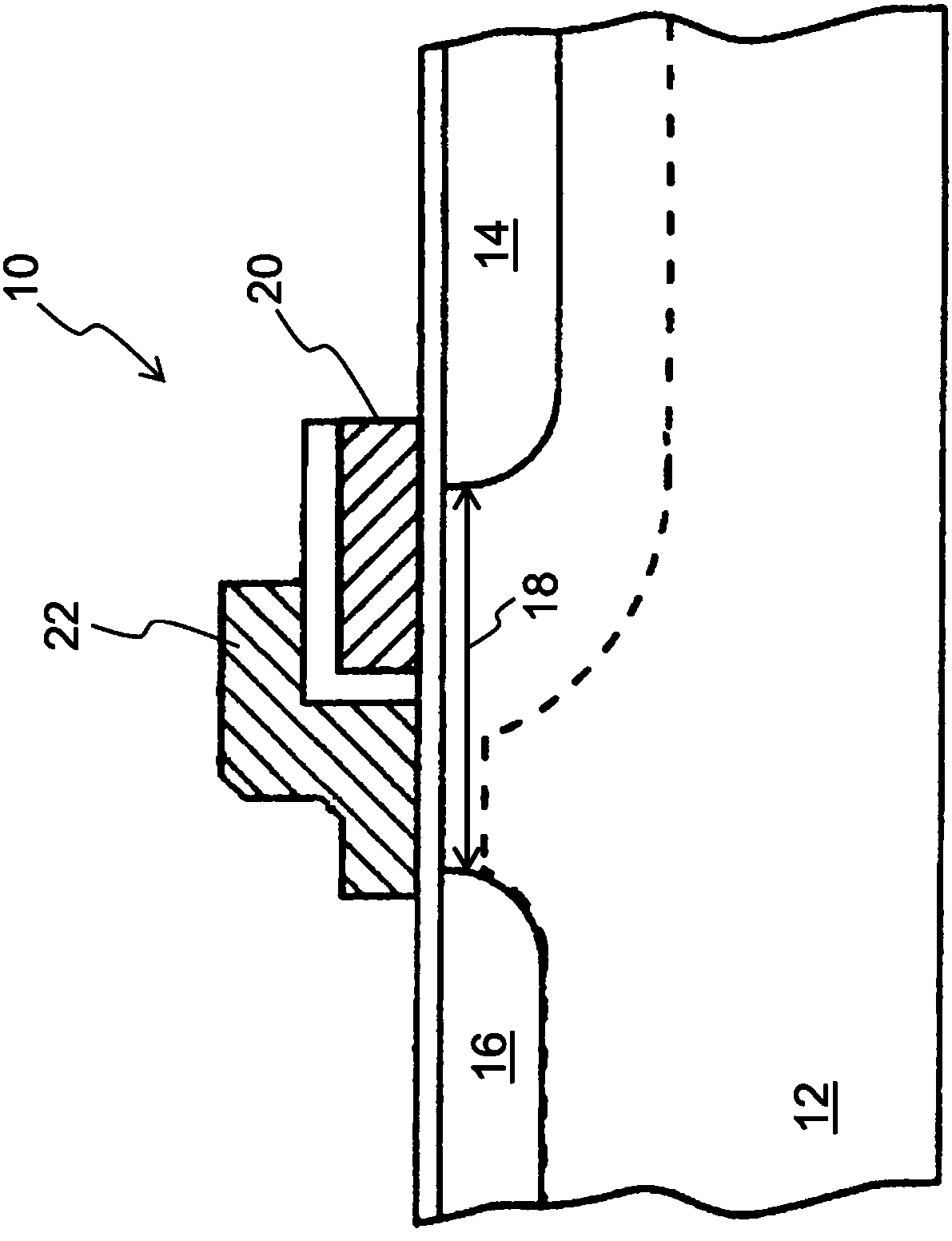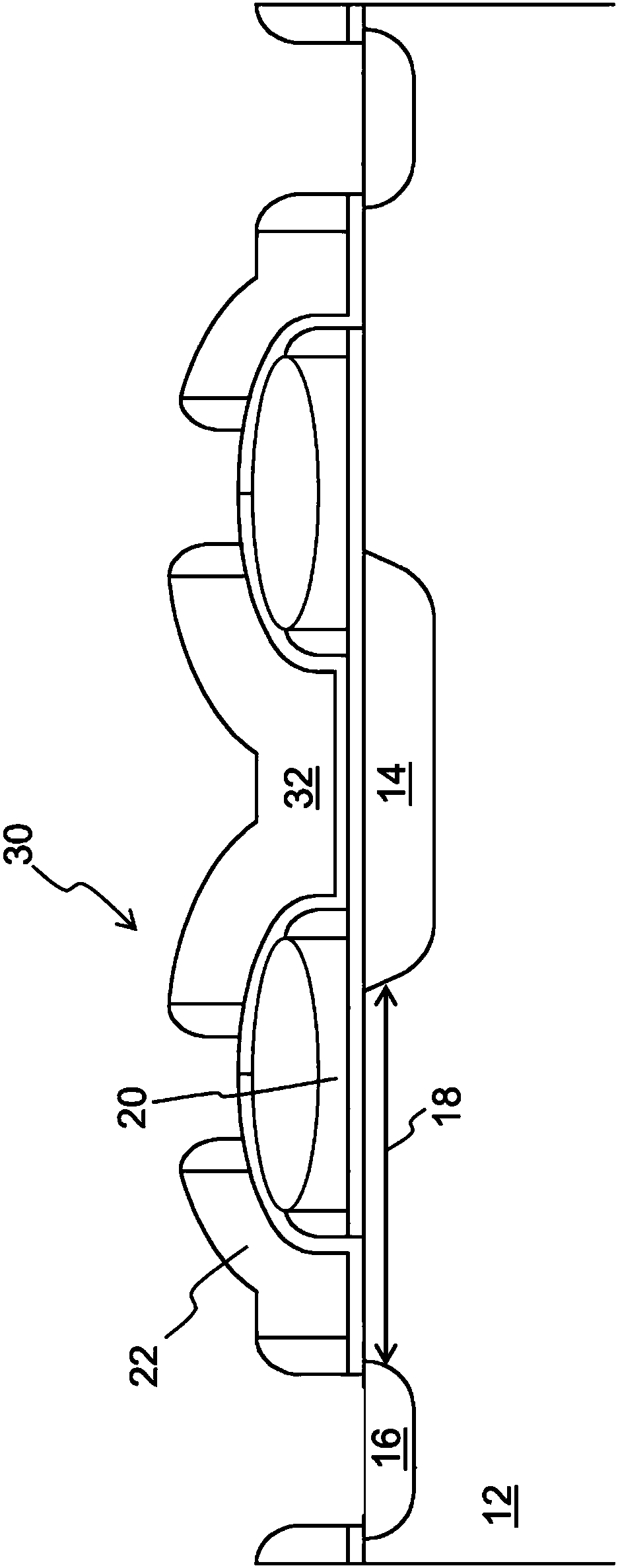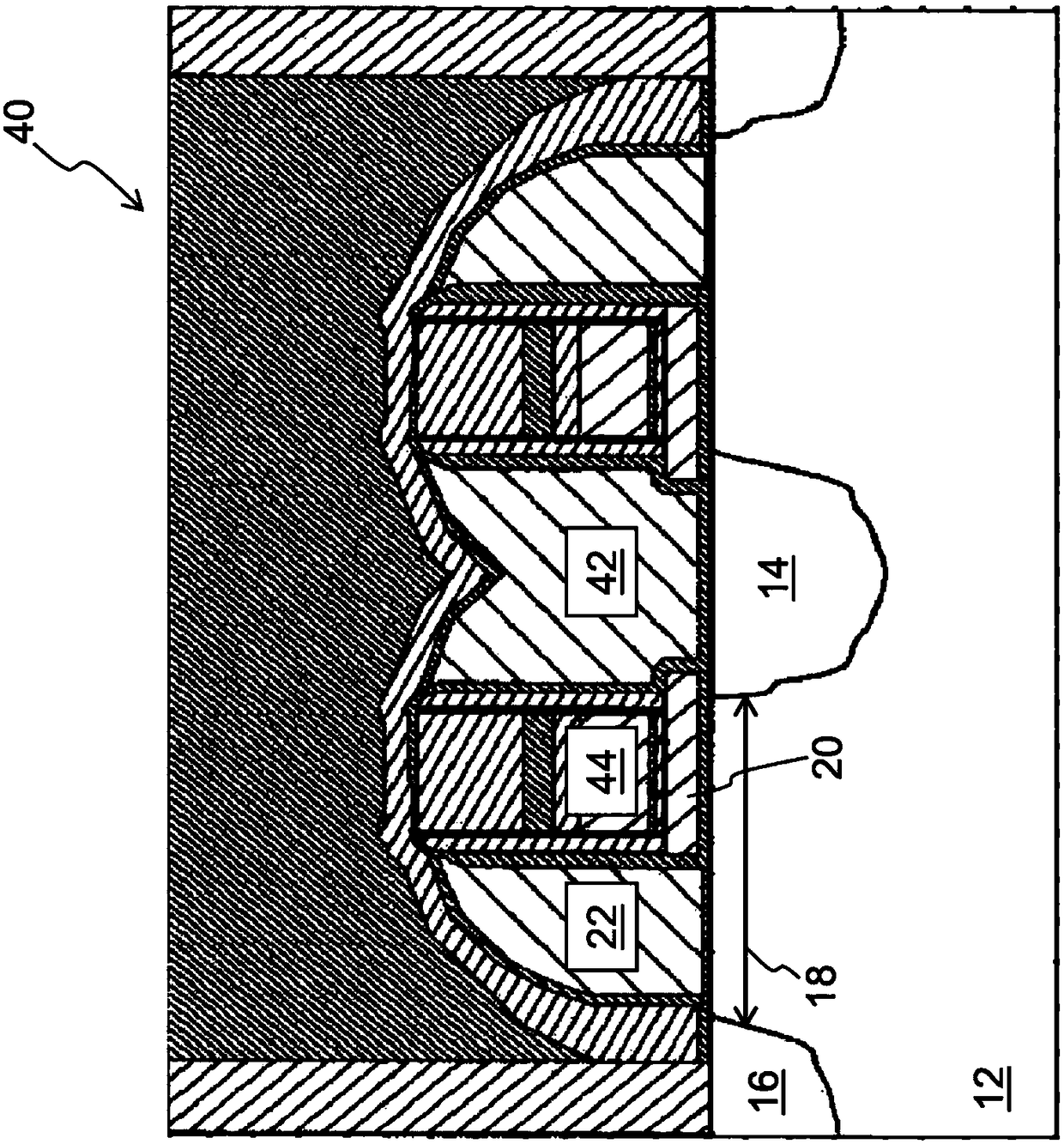Power driven optimization for flash memory
A memory and memory unit technology, applied in static memory, read-only memory, digital memory information, etc., can solve problems such as unit wear, battery-powered equipment and application problems, and shorten the life of memory arrays
- Summary
- Abstract
- Description
- Claims
- Application Information
AI Technical Summary
Problems solved by technology
Method used
Image
Examples
Embodiment 1
[0029] Standard erase operation = one 11 volt pulse of duration 10 ms.
[0030] Erase operation with lower energy margin:
[0031] (a) Shorter duration: one 11 volt pulse of 5 ms duration, or
[0032] (b) Lower voltage pulse: one pulse of 10 volts of duration 10 ms, or
[0033] (c) A combination of (a) and (b) above.
Embodiment 2
[0035] Standard erase operation = 4 pulses of 1ms, 11V each
[0036] Erase operation with lower energy margin
[0037] (a) Fewer pulses: 2 pulses of 1 ms each at 11 volts, or
[0038] (b) Lower voltage pulses: 4 pulses of 10 volts each of 1 ms, or
[0039] (c) Shorter pulses: 4 pulses of 0.5 ms each at 11 volts, or
[0040] (d) Any combination of (a)-(c) above.
Embodiment 3
[0042] Standard programming operation = one 8 volt pulse of 10 μs duration
[0043] Lower energy margin programming operation
[0044] (a) Shorter duration = one 8 volt pulse of 5 μs duration, or
[0045] (b) lower voltage pulse: one 6 volt pulse of duration 10 μs, or
[0046] (c) A combination of (a) and (b) above.
PUM
 Login to View More
Login to View More Abstract
Description
Claims
Application Information
 Login to View More
Login to View More - R&D Engineer
- R&D Manager
- IP Professional
- Industry Leading Data Capabilities
- Powerful AI technology
- Patent DNA Extraction
Browse by: Latest US Patents, China's latest patents, Technical Efficacy Thesaurus, Application Domain, Technology Topic, Popular Technical Reports.
© 2024 PatSnap. All rights reserved.Legal|Privacy policy|Modern Slavery Act Transparency Statement|Sitemap|About US| Contact US: help@patsnap.com










